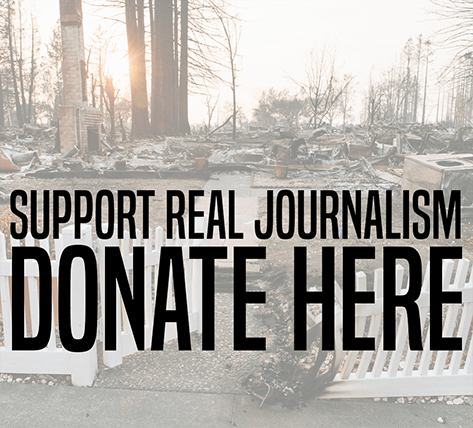In an office overlooking downtown Erie, Pennsylvania, Saeed Taraky pulls a pen from a box beside his desk. He presses the stylus, and a small light illuminates the barrel of the pen. A message reads:
Welcome to America! Welcome to Erie, PA! Create a Great Future For You and Your Family!
The pens will go to new American citizens after they complete their naturalization ceremonies, which Taraky conducts. The small gift is the kind of earnest and optimistic gesture that says a lot about how this Pennsylvania city approaches new arrivals.
Taraky, once a refugee from Afghanistan, is now Erie’s refugee and immigrant liaison. He and his family arrived in 2022, after fleeing the Taliban’s return to power, and found a welcoming community in Erie. Today, trying to provide the kind of welcome he once received, he helps newcomers resettle and coordinates an immigrant and refugee council that offers immigrant perspectives on city policies.
But for city officials in Erie, creating a welcoming atmosphere for immigrants is not just about generosity. It’s a path city leaders say they have chosen out of necessity. After decades of industrial decline, Erie has become a case study in how some Rust Belt cities are surviving by welcoming newcomers. Once home to more than 138,000 people, the city now has a population that hovers at 90,000. Erie’s ailments have continued long into this century. For the past two decades, factories and manufacturing jobs have been leaving Erie for the South and for Mexico. A major blow came in 2018 when General Electric, the city’s major employer for more than 100 years, sold its Erie branch.
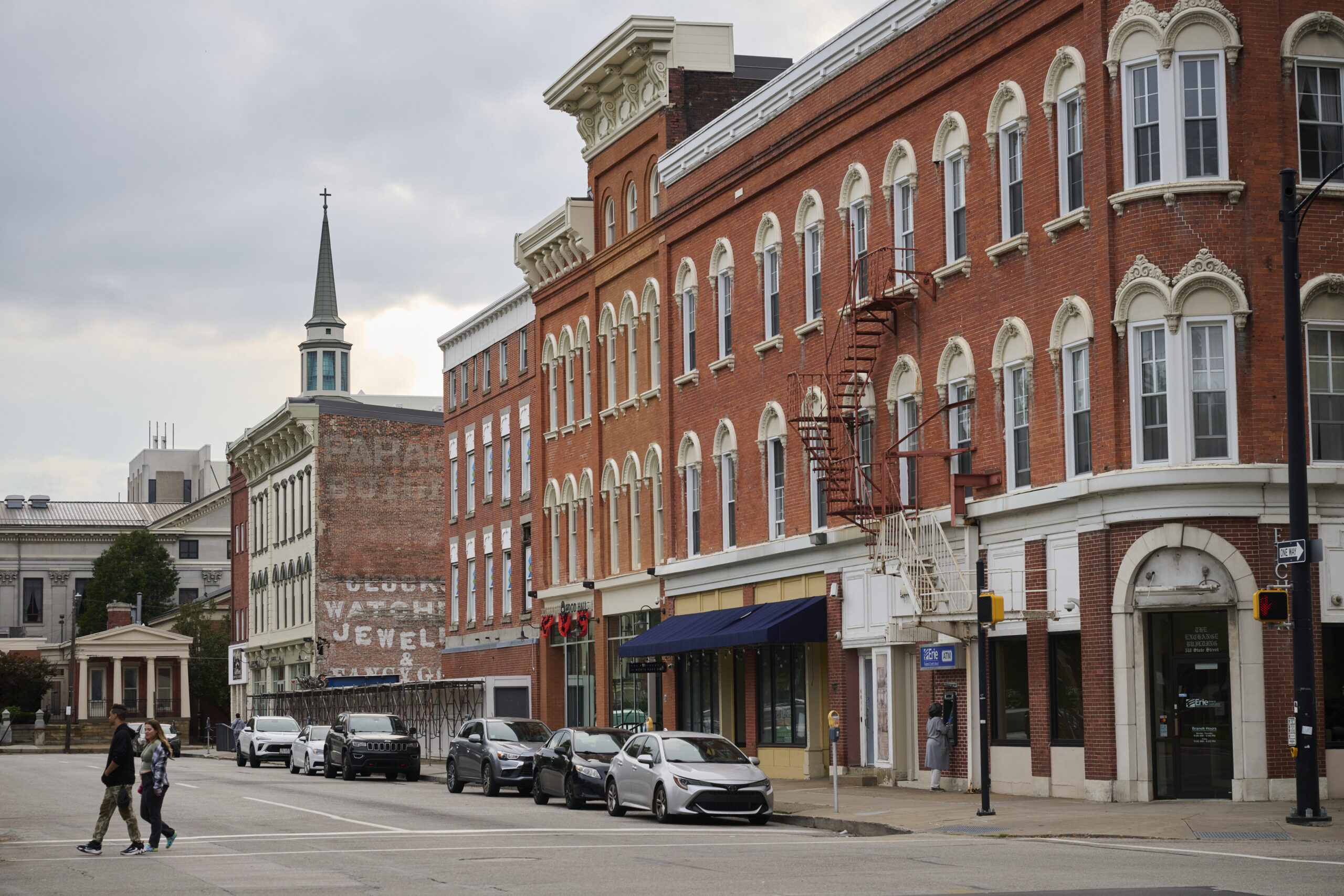
Pedestrians cross State Street, the main thoroughfare in downtown Erie.
Faced with declining industries and population, city leaders made a bet: What if they made their city a destination for immigrants and refugees?
“Immigration can be a kind of panacea for population decline,” said Elizabeth Jones of the Welcoming Center, which promotes immigration as a catalyst for economic development in the Philadelphia area. Immigrants are more likely to be working age, start businesses and file patents — key drivers of economic growth.
Erie embraced that philosophy. Its mayor, Joe Schember, made getting the city designated a “welcoming community” a priority. That has included promoting English classes, ensuring there are pipelines for immigrants to enter the workforce and launching a New American Council to gather insight from immigrants and refugees themselves. Research backs their efforts: According to a report by the Economic Research Institute of Erie at Pennsylvania State University at Erie, the Behrend College, immigrants contribute $253 million to the county economy each year, and thanks to immigration, the population has stabilized after years of decline.
While many local leaders credit newcomers with strengthening the tax base, filling essential jobs and revitalizing schools, not all politicians representing the area are as welcoming. And the progress the region has made in integrating new arrivals is now threatened by a resurgence of federal anti-immigrant policies — putting Erie’s fragile revival at risk.
Federal funding cuts have shaken refugee agencies. The three agencies in Erie, which provide resettlement services including housing assistance, English classes and assistance with the health system, receive a significant portion of their budgets from the federal government. Despite multiple court orders for the Trump administration to unfreeze funding, their grants remain paused.
“Given what has happened so far, we almost have to assume the worst-case scenario,” said Katie Kretz, the executive director of refugee agency the Multicultural Community Resource Center.
Kretz and leaders of the two other agencies appealed to the Erie Foundation in March for emergency funding. Since then, the foundation has set up a rapid response fund. But Erie’s other agencies, the U.S. Committee for Refugees and Immigrants’ Erie field office and Catholic Charities, have already laid off employees, and the future is uncertain.
While the U.S. — and thus Erie — has not accepted any new refugees since the start of the Trump administration, service providers are assisting recent arrivals on shoestring budgets.
“Hopefully [the anti-immigrant mood] is a short-term blip, and the longer-term trend is that we continue to realize the value of inviting new people into your community,” said Chris Groner, director of Erie’s office of development services.
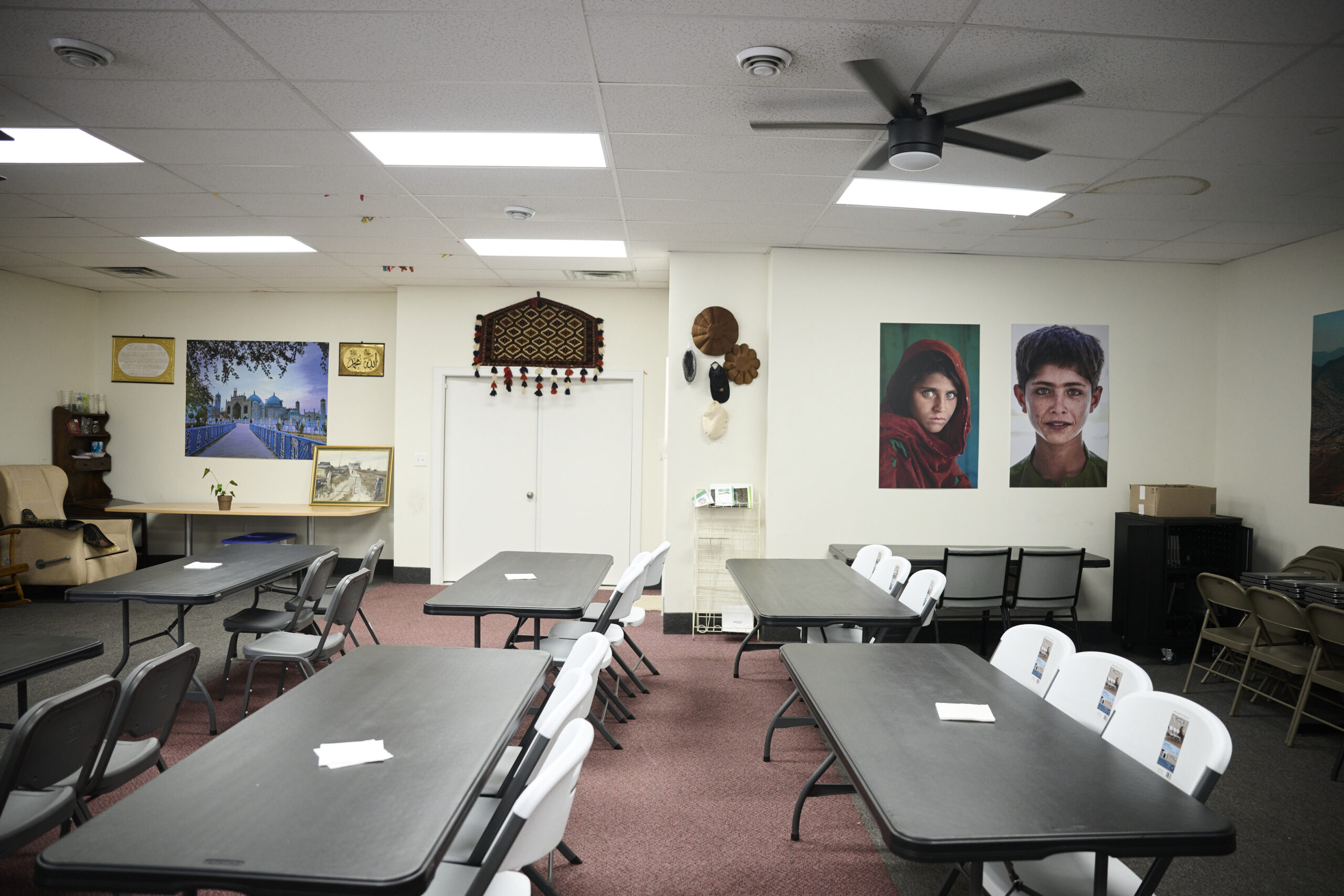
The Afghan Community Center offers resources to Erie’s burgeoning Afghan immigrant community.
Erie County is represented by Republican Rep. Mike Kelly, who has made immigration one of his key issues. “President Biden’s open border policies have turned every state into a border state,” Kelly said on the House Floor last year. He has specifically spoken out about crossings at the northern border given that Lake Erie forms part of the U.S. border with Canada. “If [immigrants] were wearing the uniform of a foreign country, we would think we were being invaded and we would say, my God, who is watching the border?” Kelly said at a hearing on the northern border in 2023.
Erie County, which is made up of a more progressive city surrounded by more rural, conservative areas, is known for being a swing county and a bellwether of national elections. Since 2008, a majority of voters in Erie County have chosen the winner of the presidential race. That includes choosing Trump in 2024.
Immigration was one of the top issues for voters during the presidential election, with Trump promising to ramp up immigrant arrests and deportations while in office. A September 2024 Pew Research poll found that 56% of registered voters supported mass deportations of undocumented immigrants.
Trump has made good on his promises, with Immigration and Customs Enforcement arresting more than 66,000 people in the first 100 days of the new administration.
Yet people’s views are nuanced, as 64% of Americans believed that undocumented immigrants should be allowed to stay in the U.S. “if certain requirements are met,” according to a November 2024 Pew poll.
To Jim Wertz, a Democrat who is currently running for Erie County Council, anti-immigrant sentiment hasn’t been a noticeable problem in the city of Erie or even the county. “Regardless of political [identity], folks recognize the value of these communities,” he said, suggesting it may be because of residents’ real experiences with immigrants. “Folks here go to the grocery store and meet people actually affected” by anti-immigrant policies, added Wertz, who is a professor of broadcast journalism and digital media at Pennsylvania Western University at Edinboro.
That includes the Trump administration’s crackdown on undocumented immigrants.
Though officials in the city of Erie have said they do not expect the police department to work with ICE, the Erie County Sheriff’s Office has detained immigrants in Erie County Prison on behalf of the federal agency. At the end of February, nine immigrants were detained in the jail, according to Erie News Now, before some were transferred to a central Pennsylvania facility.
Against this backdrop, Taraky said that the city is planning to help “remove that gate” between immigrants and U.S.-born residents by inviting nonimmigrants “to see the culture of immigrants [and] what they bring to the table,” which includes the “food and fun” aspect of cultural integration: new cuisines, cultural performances and gatherings.
One of the new arrivals putting that approach into practice is Karim Hanif, a doctor in Afghanistan before he and his family fled the Taliban and moved to northwestern Pennsylvania. In February, he opened Ariana Halal Kitchen — the first Afghan restaurant in Erie. His son, Mohammad Abid, translated as Hanif explained that he wanted to work for himself and also give back to the Erie community. Erie’s Afghans love the familiar food; “The restaurant will be growing fast because a lot of Afghans keep coming to Erie,” Hanif said. But Hanif’s customers are diverse: He serves other Muslims who are seeking halal food, like Somalis and Syrians, as well as U.S.-born Americans who are broadening their palates, eating cuisine they’ve possibly never tried before.
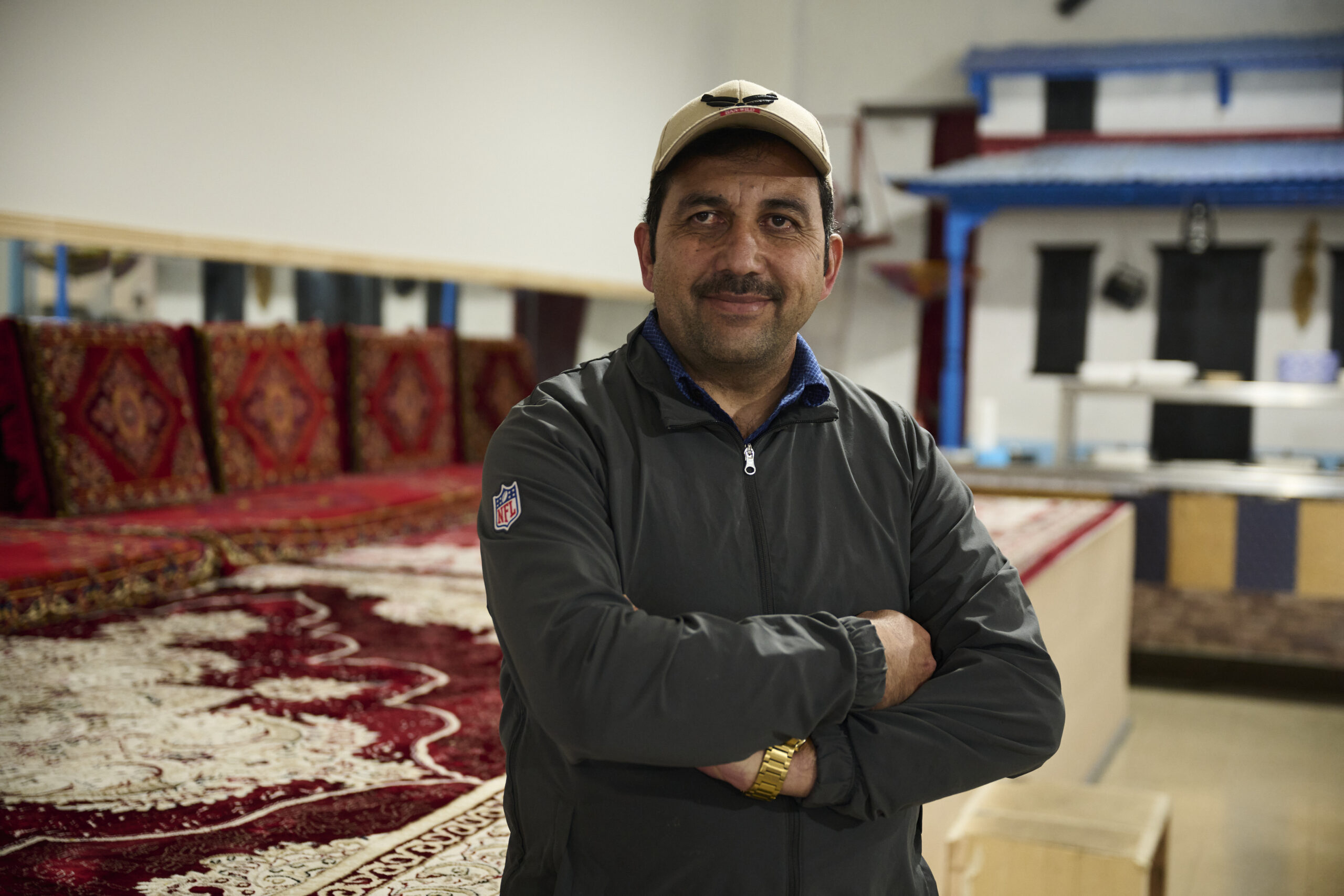
Karim Hanif opened Erie’s first Afghan restaurant in February.
There are at least 6,000 first-generation immigrants in the city of Erie, and more than half are refugees who were forced to flee dangerous conditions in their home countries. In addition to Afghanistan, Erie’s refugees hail from countries including Bhutan, Syria, Iraq, South Sudan, Burundi, Ukraine, Bosnia, Sierra Leone, Somalia, Eritrea, Kosovo and the Democratic Republic of Congo.
Metropolitan areas in the Rust Belt were famously immigrant enclaves in the late 19th and early 20th centuries. But today, these cities’ foreign-born residents tend to represent a relatively small percentage of the overall population compared to the U.S. average. Fewer than 7% of the city of Erie’s residents are foreign born, compared to about 14% in the U.S.
Even so, those immigrants bring jobs and businesses and inject money into the local economy, researchers across the country say. The city actively supports immigrant- and refugee-owned small businesses with microgrants, which have provided many of them with an initial infusion of capital. Immigrant entrepreneurs operate at least 100 ventures in the city, from day care centers and grocery stories to art galleries and auto repair shops.
For his part, Taraky remains committed to highlighting the benefits of immigration — both through his words and his wardrobe — as he supports newcomers in integrating into the community. On a day in March, he wore a dark three-piece suit, complete with a patterned red pocket square. Dressing well allows people in the community to see an immigrant as a professional, he said.
The hope, Taraky added, is that rather than clash, immigrants and nonimmigrants will “come together [and] understand each other.”
Copyright 2025 Capital & Main.
All photos by Dustin Franz.
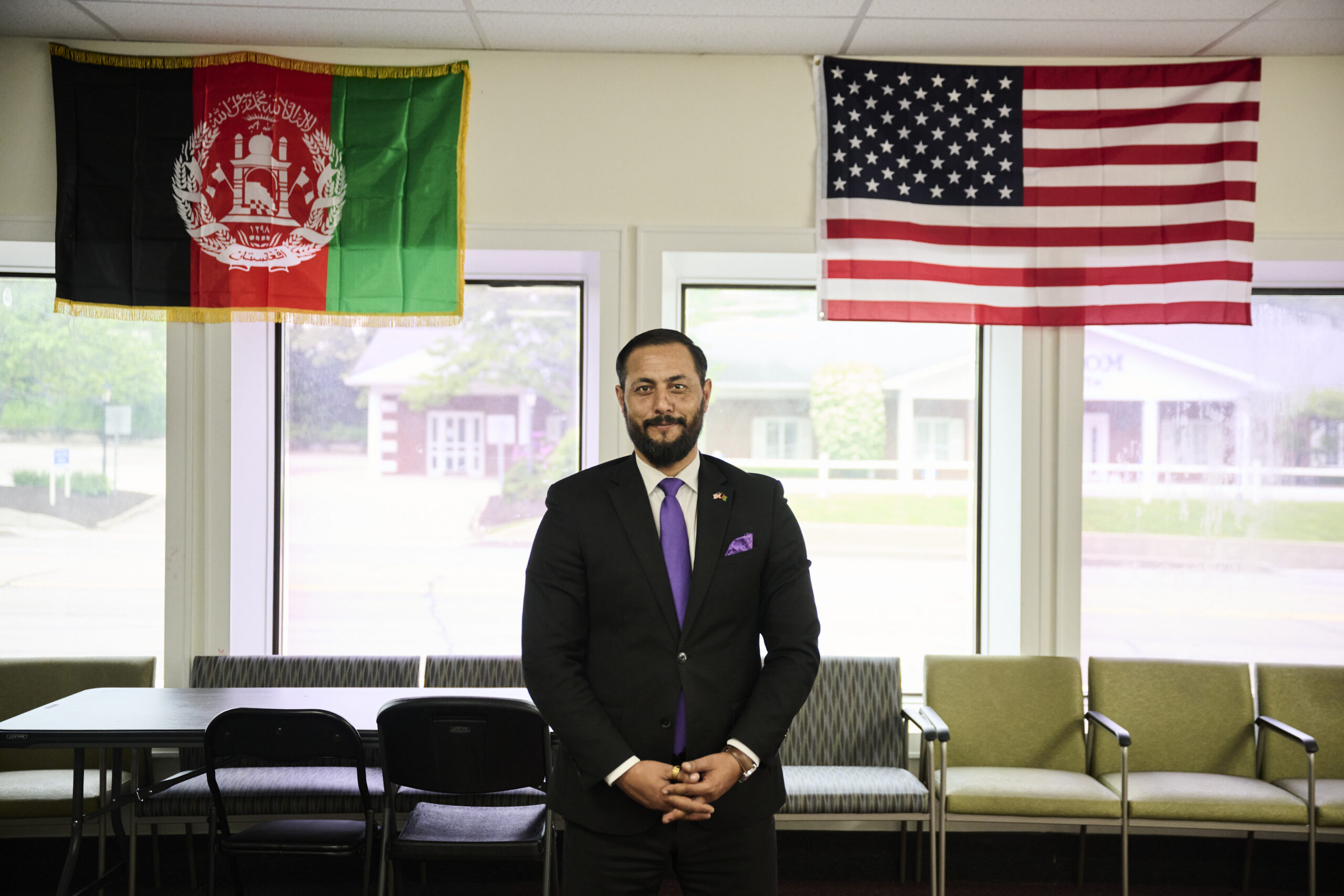

 Latest NewsNovember 19, 2025
Latest NewsNovember 19, 2025
 StrandedNovember 25, 2025
StrandedNovember 25, 2025
 Column - State of InequalityNovember 21, 2025
Column - State of InequalityNovember 21, 2025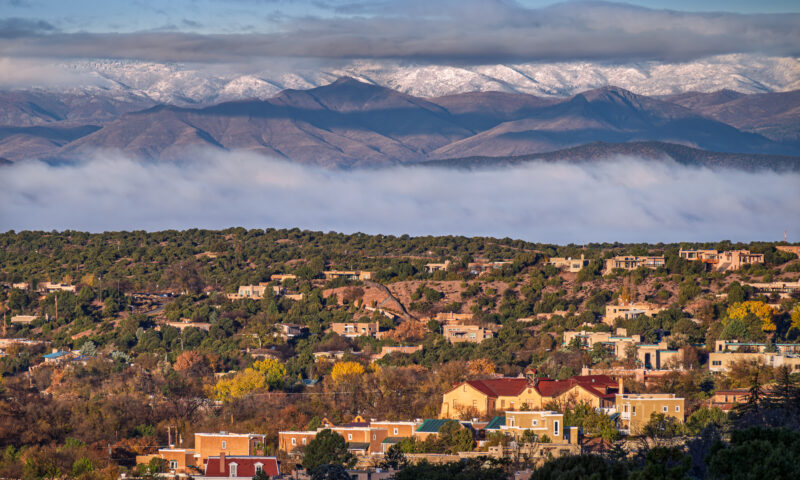
 Column - State of InequalityNovember 28, 2025
Column - State of InequalityNovember 28, 2025
 The SlickNovember 24, 2025
The SlickNovember 24, 2025
 Striking BackDecember 4, 2025
Striking BackDecember 4, 2025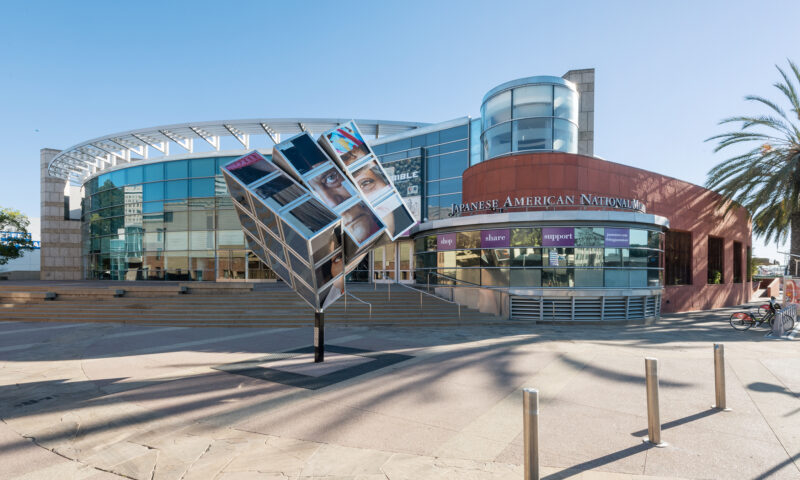
 Latest NewsDecember 8, 2025
Latest NewsDecember 8, 2025
 Latest NewsNovember 26, 2025
Latest NewsNovember 26, 2025




